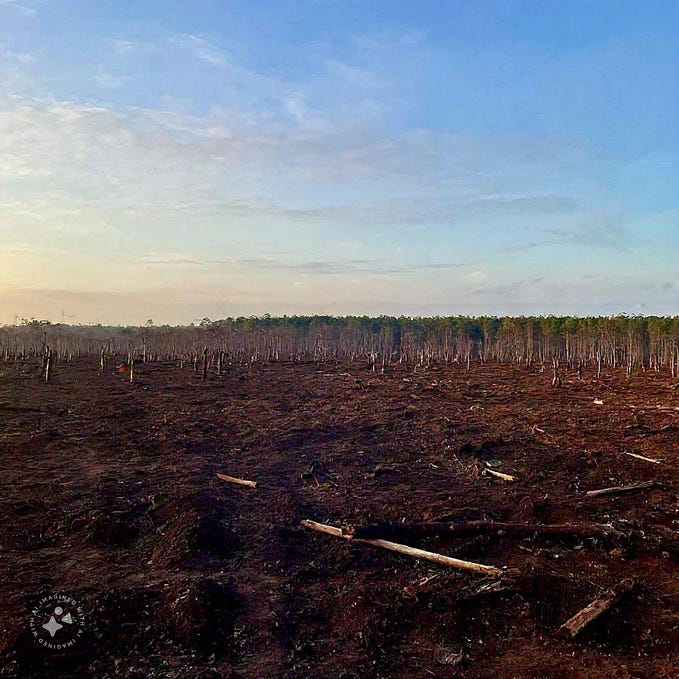
The future of The Graph is inextricably tied to the future of Web 3.0.
Given the impact that the World Wide Web has had on all of our lives that is an amazing prospect.
Today
The Graph has started with data that is on the Ethereum Block chain and this is still an exciting voyage of discovery. Using The Graph explorer today we can find over 2000 subgraphs covering a range of API s.

Let’s face it: The Graph protocol is sophisticated, it is carefully built around a number of algorithms that promote the curation and retrieval of information through solid economic incentives. There is more work to be done by the Curators and the developers encompassing all the Ethereum applications today and as they develop. There are more blockchains both public and private from which useful dynamic data can be extracted for universal benefit. Beyond that there will be a host of other sources of data. So the recent successful launch of The Graph mainnet is just the beginning of the next chapter. There is more, much more ahead of us to even begin to capitalise on this emergent technology.

The purpose of this blog is to try to explore that future. The challenge is more in our ability to imagine than any limitations of the technology.
Tomorrow
Let’s look at what we can currently conceive:
Any sort of data which is dynamic, such as indexes. This covers stock market, commodity prices and bond yields to name a few. These can be generalised or very specific such as oil prices per production location.
Environmental data covering temperature, CO2 in the atmosphere, local pollution levels, carbon offset information, league tables. This could include comparison information such as the energy used by my home compared with similar homes.
Anything from the Internet Of Things. Given the array of internet enabled equipment today this is vast source of dynamic information that ranges from the contents of your fridge to average speed data from traffic cameras on your specific route to work.

Consumer information covering price and availability of products but also the most appropriate means of accessing them. Including for example whether your weekly grocery shop should come from one or multiple sources, taking account of the distribution cost an carbon impact.
Health data from heath service providers such as personal medical test results. There could also be the increasingly important public health data, eg. how many instances of influenza in this area and vitally what behaviour is required in response (such as self-isolation).
Logistics and Supply Chain Data covering the integrity of the supply chain such as supply origin assurance, in-transit security and temperature profile, miles travelled, cost data including operational cost, duties etc. and carbon footprint.

Travel information such as aircraft movements, train & bus services timetables in real time, including cross provider analysis to answer the question: How do I get from A to B using a mixture of services?
Personalised financial data such as balance of accounts, payments due, recent activity such as deposits across all providers of current accounts, deposits, equities, bonds, pensions.
Personalised information in general which may be captured by the Internet Of Things e.g. trip distances for my car, total mileage covered by my car for maintenance scheduling, state of battery charge, deterioration of battery powered range indicative of problems etc
It is not just data — it is how it is brought together
It is the integration of this data that holds such enormous promise, take the last example and imagine that as a car driver you are alerted on your mobile phone via the Internet of Things(IOT) that your car needs servicing and then being able to view the status of your vehicle via Web 3.0, including data on:
- Tyre wear
- Fluid levels
- Energy/fuel consumption
- Brakes condition and wear
- Operating cost
This would enable you to understand everything required at the service. You could then move on to identifying a suitable service centre to conduct the work by looking at-
- Reviews
- Geography
- Availability

This could be refined by sending information about your servicing requirements or granting the service centre permission to interrogate your car via Web 3.0. They could perform their own assessments and provide a quotation. You could then respond to the quotation, making a booking which automatically goes into your diary and at the same time the location of the Service Centre goes into your satellite navigation system. Subsequently you get reminders on and leading up to the day when your service is due enabling you to drive to the service centre for them to do the work. You are kept informed while the work is being done with text and video information and subsequently you’re able to receive your car. You will be able to validate the work done and make an online payment — all done via Web 3.0 and it’s APIs.
For those that are not petrol heads the same can be true of servicing equipment in your home or shopping for groceries or even arranging a hairdressing appointment!
So what?
For some this may not seem like an exciting prospect. Given the decentralisation drive to make this robust, secure, accurate and NOT CONTROLLED by commercially interested parties then a world with Web3.0 providing the information we really require rather than what organisations want to sell us seems very attractive.

For greater transparency about the products we use, the food we eat and the pharmaceutical products we need this seems like the right direction of travel. Is it going to be easy — no it is not, it will require yet more work by talented people in communities that work together to bring it together. The Graph has brought us this far. Now is the time to begin the next steps.

LunaNova are an independent and experienced UK operation running sophisticated blockchain infrastructure to make cryptoassets work. We deploy our own closely-monitored, enterprise-grade hardware in two high-availability datacentres and carefully design our systems to provide multiple-layers of redundancy.
Limiting our focus to truly innovative blockchains enables a better understanding of their nuances and a more meaningful contribution to their long-term value through development and governance participation. Our ongoing investment in resources outside of the major cloud-providers improves network decentralization and robustness, both key drivers of protocol value.
To see the networks we support and how we can help token holders earn competitive and reliable returns, please visit our website: https://lunanova.tech








